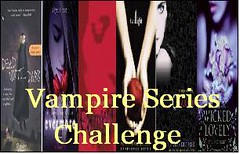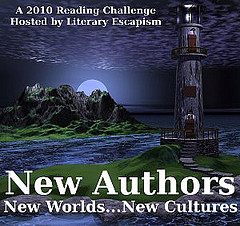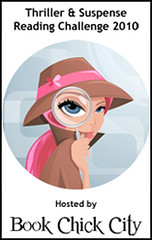
“And sometimes, for a moment,/you feel it beginning — the sense/of escape sharp as a knife-blade/hangs over the dark field/of your body, and your soul/waits just under the skin/to leap away over the water./” (From At Blackwater Pond, page 49)
Oliver’s love of nature and awe of it transcends her lines and these pages, tapping into readers’ sense of childlike wonder about the world. It reminds us that there is a greater world beyond the meetings, the email, and the stress of our lives — a world where things can just be and live. Beyond the sense of wonderment is an air of caution about how we interact with this natural world and how we are at times the enemy.
From Mussels (page 4), “In the riprap,/in the cool caves,/in the dim and salt-refreshed/recesses, they cling/in dark clusters,/in barnacled fistfuls,/in the dampness that never/leaves, in the deeps/of high tide, in the slow/washing away of the water/in which they feed,/ . . . Even before/I decide which to take,/which to twist from the wet rocks,/which to devour,/they, who have no eyes to see with,/see me, like a shadow,/bending forward.”
Like the mysterious phases of the moon, Oliver’s poems often take on a mystical quality, blurring the lines between reality and dreams. Is her father the explorer he always dreamed he would be? Do the fish feel the same way about children that humans do?
Twelve Moons is a collection dealing with immortality, nature, and our place in and against it. Oliver’s poetry is enjoyable on the surface and as deeper meanings are sought upon multiple readings and even immediately. Beginning readers of poetry would have little trouble understanding her lines and easily find correlations to their own lives. An excellent collection, and one of the best I’ve read this year.
***I purchased my copy of Twelve Moons by Mary Oliver at a local library sale.***
This is my 11th book for the Clover Bee & Reverie Poetry Challenge.










 The Hypnotist
The Hypnotist







 Unincorporated Persons in the Late Honda Dynasty by
Unincorporated Persons in the Late Honda Dynasty by  About the Author:
About the Author:




